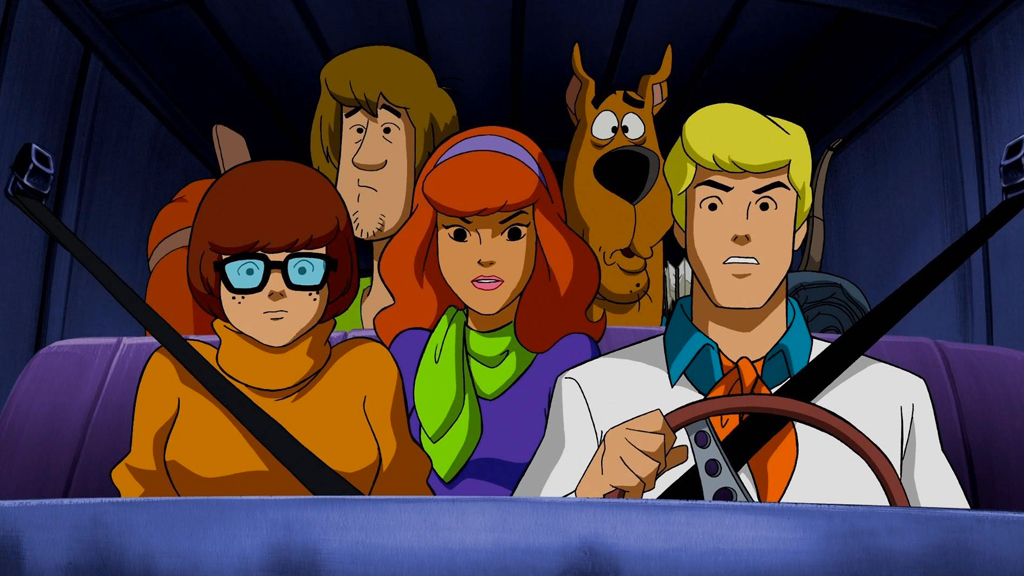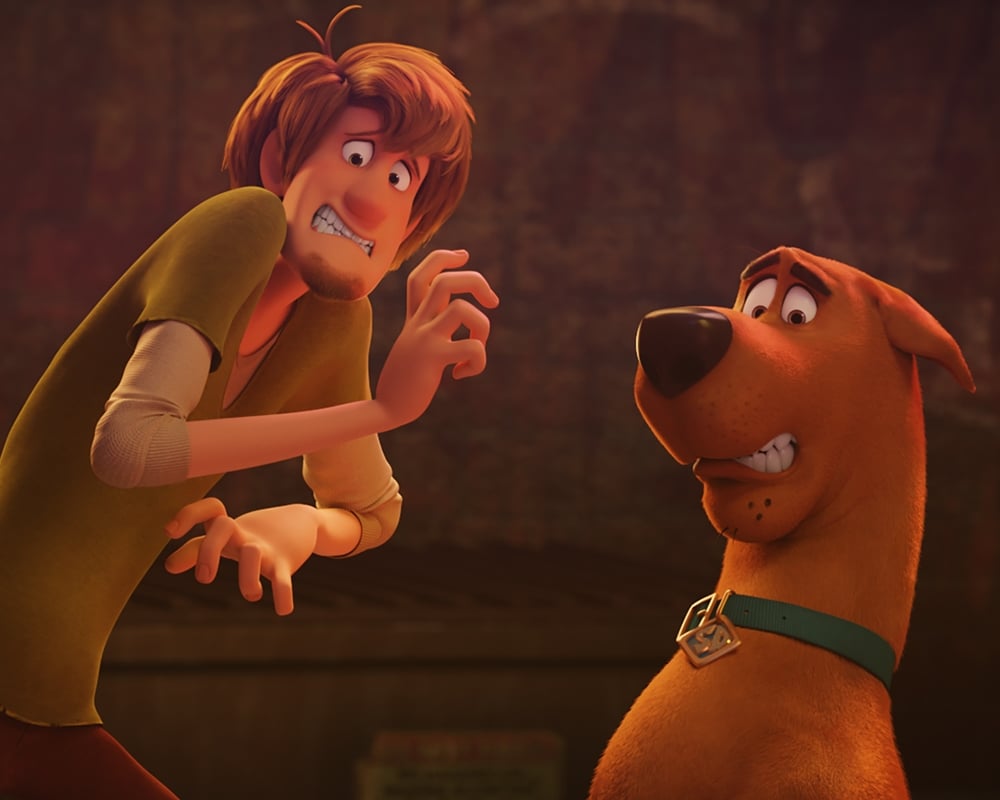
Yihwa, a senior studying biochemistry who requested to remain partially anonymous to protect her privacy, has her own bone to pick with queer animation, specifically what she refers to as "queer struggle," or one-off queer characters existing solely to represent the struggles of all queer life. After release, the film garnered a Rotten Tomatoes audience score of 44%. Matthew Lillard, who played Shaggy in the 2002 live-action film, reprised his role in this version as a voice actor. Despite little advertising, fans had reason to be excited prior to the film's release about Velma's character and the return of a classic voice. This is the 45th film of the "Scooby-Doo" franchise. Though many have suspected over the years due to the queer coding, the beloved "Scooby-Doo" character was finally confirmed a member of the LGBTQ+ community. Velma Dinkley was confirmed in a clip from the trailer for "Trick or Treat Scooby-Doo!," released Oct. The LGBTQ+ community and animation lovers everywhere have cause to celebrate a move forward. Writers, he said, "are pushing the envelope" with the increasing boldness with which queerness is expressed in fictional characters. "Especially nowadays, I don't really see coding put in a bad light," said Joshua Valenzuela, a fellow Rainbow Coalition officer, and senior studying politics and the economy. The general consensus is this: Even with how far we have moved toward acceptance and representation in media, there is still a long way to go. Even so, most agree on the need for continual improvement.
SCOOBY DOO CHARACTERS FULL
Just as the LGBTQ+ community is full of diversity, so are its perspectives. "You're giving yourself kind of a door out in case it ever becomes controversial, which it shouldn't be in the first place." As an officer of the Rainbow Coalition, they have ample experience viewing queer coding in media. "I think it's pretty cowardly," said Ohia Aster, a sophomore studying information technology. Queerbaiting is widely considered by the LGBTQ+ community to be the unethical and financially driven sibling of benign queer coding. This is not to be confused with queerbaiting, the practice of purposely teasing queer romances or characters, without ever confirming to audiences. Queer coding, or the practice of suggesting a character is queer without explicitly stating it, is one method creators have used to cut through the red tape.

Another Scooby-Doo fan thought that coming out of the closet after five decades was reason enough to thank the producers.Creators do their best to work within the constraints of a highly commercial entertainment industry, where decisions are made based on projected financial gain. Her being gay is huge, according to one fan a central character being a lesbian is reason enough to celebrate a win, according to another.

Social media was flooded with fan voices on the issue. It was the end of years of speculation by the fans, and they were thrilled that the producers had finally acknowledged Velma's sexuality. So now, after 53 years, the studio has agreed to come clean on her sexuality.


Then, however, the studio decided to tone it down and be non-committal on her (Velma's) sexuality.
SCOOBY DOO CHARACTERS SERIES
Scripted that wayAbout two years ago, James Gunn, who wrote the live-action series (Scooby-Doo), revealed that Velma's character was initially scripted as 'gay'. In the new film titled Trick or Treat, released on Tuesday, the super sleuth identified by the turtleneck sweater and black square glasses meets her love interest, Coco. In the latest offering of the series Scooby–Doo, the super sleuth Velma Dinkley is shown as a lesbian.


 0 kommentar(er)
0 kommentar(er)
